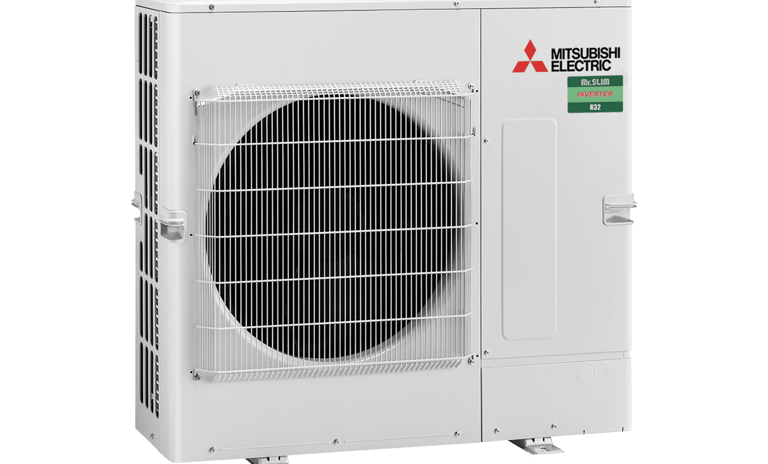A/C Systems - A Page Of History
Air conditioning a full peace of history and things you can learn that might help you in taking future decisions.
INFORM YOURSELF


Air conditioning, often abbreviated as A/C (US) or air con (UK), is the process of removing heat from an enclosed space to achieve a more comfortable interior temperature, and in some cases, also controlling the humidity of internal air. Air conditioning can be achieved using a mechanical 'air conditioner' or through other methods, such as passive cooling and ventilative cooling. Air conditioning is a member of a family of systems and techniques that provide heating, ventilation, and air conditioning (HVAC). Heat pumps are similar in many ways to air conditioners but use a reversing valve, allowing them to both heat and cool an enclosed space.
Air conditioners, which typically use vapor-compression refrigeration, range in size from small units used in vehicles or single rooms to massive units that can cool large buildings. Air source heat pumps, which can be used for heating as well as cooling, are becoming increasingly common in cooler climates.
Air conditioners can reduce mortality rates due to higher temperature. According to the International Energy Agency (IEA) 1.6 billion air conditioning units were used globally in 2016. The United Nations called for the technology to be made more sustainable to mitigate climate change and for the use of alternatives, like passive cooling, evaporative cooling, selective shading, windcatchers, and better thermal insulation.
Air conditioning dates back to prehistory. Double-walled living quarters, with a gap between the two walls to encourage air flow, were found in the ancient city of Hamoukar, in modern Syria.Ancient Egyptian buildings also used a wide variety of passive air-conditioning techniques. These became widespread from the Iberian Peninsula through North Africa, the Middle East, and Northern India.
Passive techniques remained widespread until the 20th century when they fell out of fashion and were replaced by powered air conditioning. Using information from engineering studies of traditional buildings, passive techniques are being revived and modified for 21st-century architectural designs.
History
An array of air conditioner condenser units outside a commercial office building
Air conditioners allow the building's indoor environment to remain relatively constant, largely independent of changes in external weather conditions and internal heat loads. They also enable deep plan buildings to be created and have allowed people to live comfortably in hotter parts of the world.


Source: Wikipedia - continue reading the full article about the A/C technology
and the history behind this.



